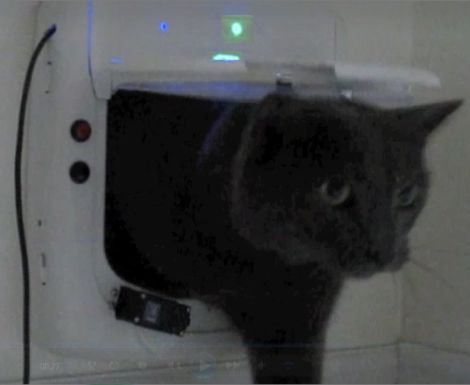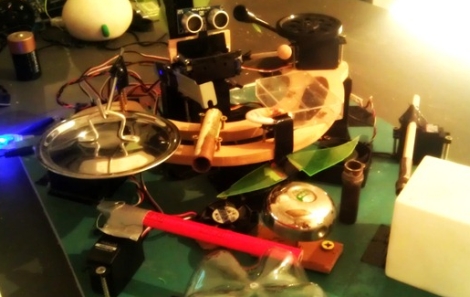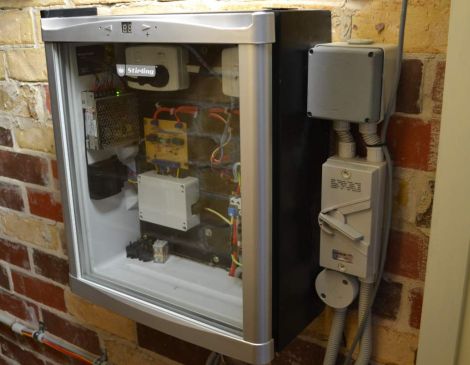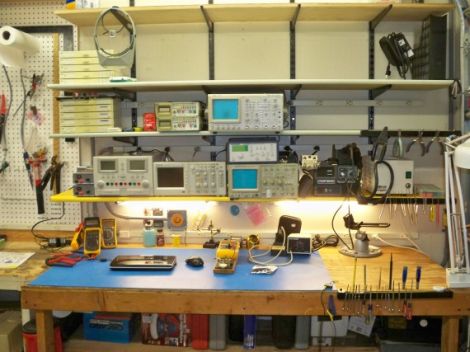
If the kids have lost interest in that RC car or truck you bought them over the holidays, [Randy Sarafan] from Instructables has a few ideas that might help make the toys fun again, while teaching your kids a bit about electronics in the process. In his writeup, he shows how to swap out the brains of your run of the mill RC truck, enabling it to do far more than was originally intended. The procedure is pretty simple, and something that you can easily involve your kids in, if you’d like.
He uses an Arduino and a motor shield to keep the conversion simple, but this can be done with just about any capable microcontroller you might have on hand. [Randy] added a Parallax Ping sensor to the front of the truck enabling it to avoid objects as it drives itself, but since he cut out the truck’s original control board we’re assuming that there’s no way to override the truck’s actions at present.
[Randy] calls the conversion a “robot” though it seems like more of a semi-autonomous rover if you ask us. Regardless, revamping an old RC car is certainly far better than letting it collect dust on a shelf, or worse, tossing it out during spring cleaning.
Continue reading to see a short video of [Randy’s] RC truck in action.
[via HackedGadgets]
Continue reading “Make Your RC Car Drive Itself With This Simple Brain Swap”















